Water polo originated in England in the mid-1800s when players would leap into rivers and lakes to compete in an aquatic variation on rugby. These early games could be rough. Players were allowed to hold opponents underwater to get the ball away from them. Early polo balls made of Indian rubber and leather would absorb water during play and become heavier. It would be almost a century before the modern water polo ball was developed with an inflatable bladder and rubberized fabric cover to reduce water absorption.
Men’s water polo in 1900 became an official Olympic event with the games held that year in Paris.
Only in recent years were the rules of the game changed to allow goalkeepers to stand on the bottom of the pool and use both hands. All other players are still restricted to one-handed play when touching the polo ball.
Today, water polo is part of the Junior Olympics, played in high schools, private prep schools and at the collegiate level, with National Cup Championships.
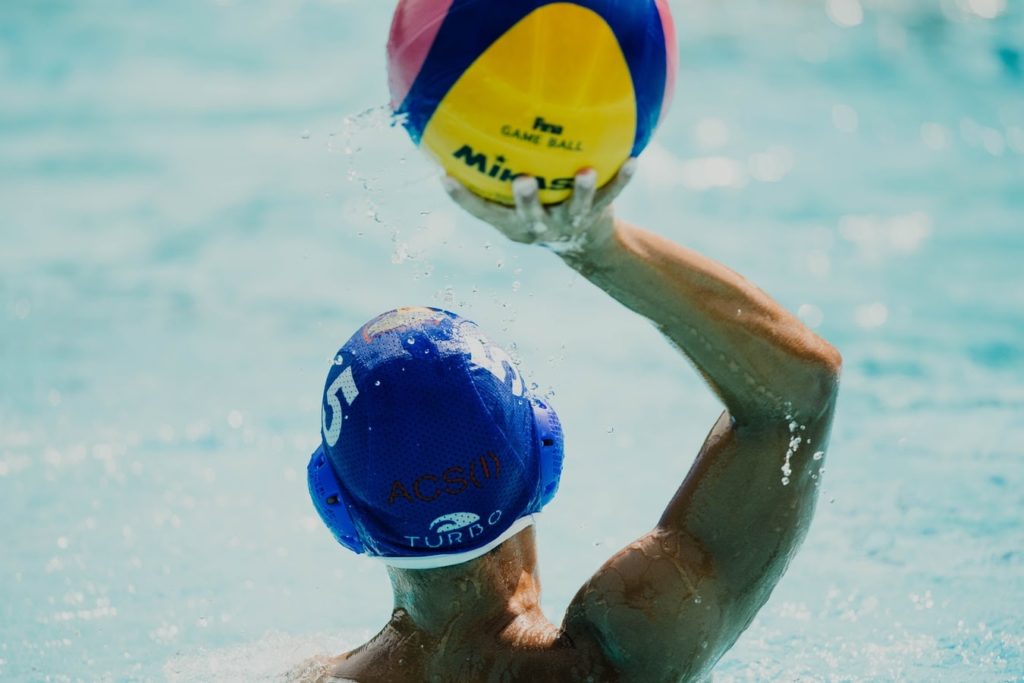
Water polo enthusiasts think of their sport as a combination of swimming, basketball, football and rugby. Coaches and players alike know that few sports require a more sustained output of energy and the endurance to keep it up for the duration of a match. Of all the comparisons, water polo is probably most like basketball: everybody plays defense, everyone plays offense, there’s a 30-second shot clock. The key difference is with water polo you also have opponents trying to dunk you underwater.
You’ve got to be a skilled swimmer, which means if you’re interested in becoming a water polo coach you’re already probably in pretty good physical shape. Serious water polo competition takes it a step further, quickly separating athletes from casual players.
BleacherReport considers Water Polo to be the hardest sport in the world, mainly due to the sheer physicality involved in playing well.
Water Polo requires speed, strength and endurance, all while treading deep water for more than half an hour. The sheer stamina required to egg-beat the water for 30 minutes makes water polo a challenging sport. All the while, players are grabbing, passing or shooting the ball.
It’s not enough to be in peak physical shape. To play water polo and win you’ve got to be a strong swimmer as well. How tough is the sport? Tough enough that many Navy SEALS play water polo as a way to stay physically and mentally fit.
This is where you’ll find opportunities as a private water polo coach. Serious athletes want to get better and understand that one-on-one sessions with a skilled instructor can produce results faster than if they train on their own.
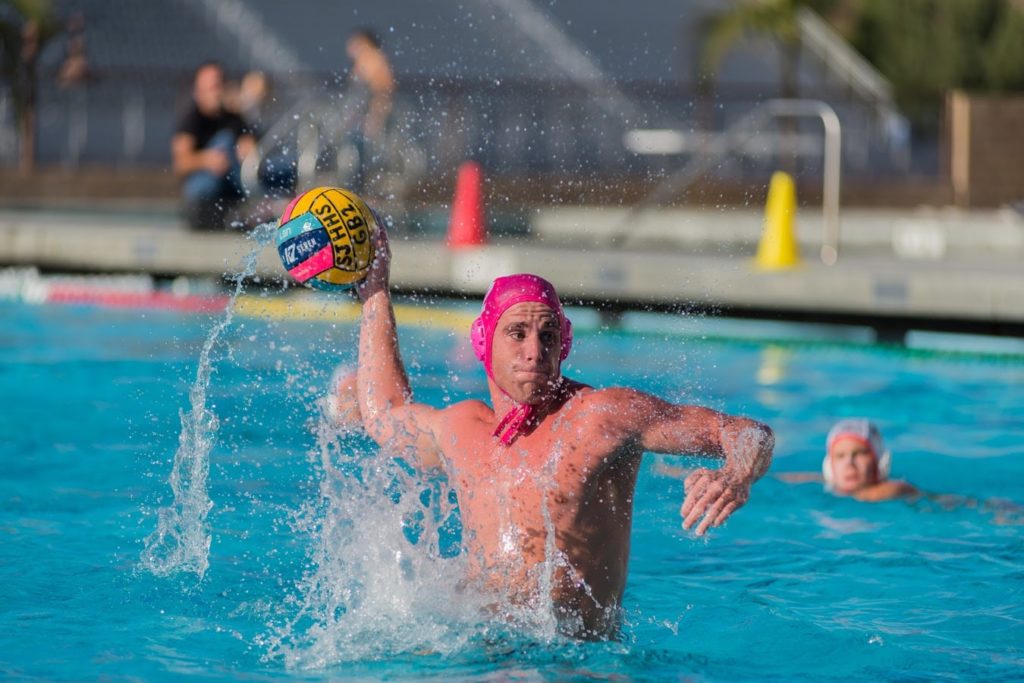
Earning certification as a water polo coach sets you apart from all other coaches who are not certified. It shows the world you are a serious professional trained in helping aquatic athletes reach their full potential through best-practice teaching and training techniques. Offering private water coaching keeps you in the water while staying in great shape and making a good living. Plus, there’s the satisfaction of mentoring athletes in one of the most demanding of all sports.
Ready to dive in and earn certification as a water polo coach?
In this article you’ll learn:
- How much money you can make as a private water polo instructor
- The required training and certifications
- Professional groups to join
- Employment opportunities for private water polo coaches
- Finding athletes to teach as a private coach
- Plus helpful tips for private water polo coaches.
How much money can you make?
Private water polo coaches charge an average of $40 an hour. Location and experience account for the range in pricing. By contrast, USA Water Polo coaches make an average $53,400 annually, which works out to about $26.70 an hour. Swim instructors often supplement their income by offering private water polo coaching, or coaches can offer lessons as part of a small service business.
Training and Certification
Coaching certification is available through American Water Polo. The Intro to Water Polo coaching course is free. This base level course consists of four lessons with a quiz at the end of each.
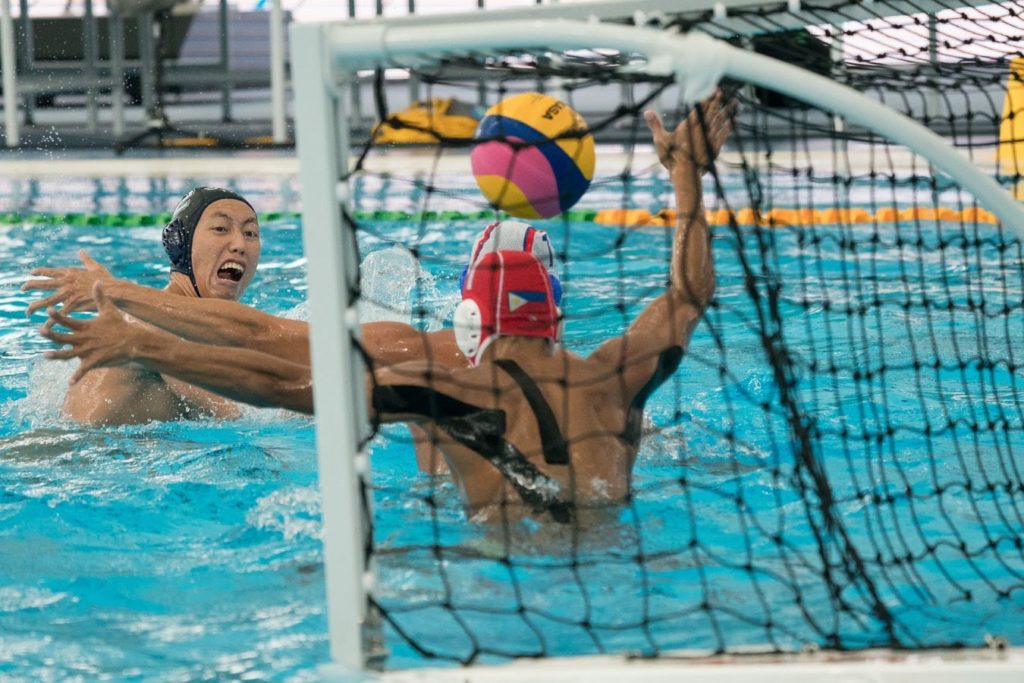
Beyond the introductory coaching course, American Water Polo offers three additional training levels, each offering progressively advanced teaching methods and techniques.
Before you can receive coaching certification, you’ll also need to complete three elements for safety certification. These are provided free to water polo coaches:
All U.S. coaches are now required to successfully complete the SafeSport course, which teaches instructors how to identify abuse and misconduct, and to report the behavior. Here is an overview of what the course covers.
Once these programs are completed, you’ll be AWP Safety Certified.
For continuing education, USA Water Polo offers ongoing coach training in the sport.
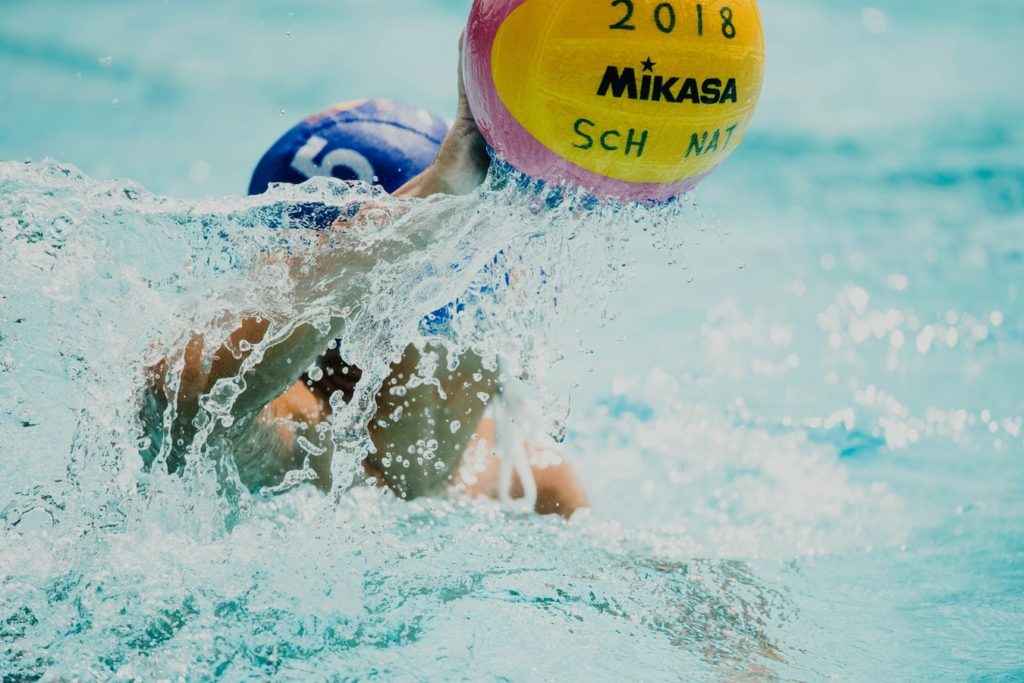
What you’ll learn:
- How to develop training sessions. For example, a sample practice might include some combination of 50 free strokes, 50 back strokes, 50 breast strokes. 50 eggbeater sideways kicks, 50 forwards, then a 5-10 minute cool down. Other sessions might focus on specific skills and drills.
- Teaching athletes to develop good hand-eye coordination. Water polo rules allow players to touch the ball with one hand only.
- Developing cardiovascular conditioning. Training might include running in soft sand, swimming with heavy clothing and shoes, egg-beating kicks with hands above the water.
- Developing the legs and core. In this drill players hold a medicine ball overhead while kicking in the water.
- How to improve communication and fast decision-making skills among team members.
This video features a sample water polo workout and training session using free weights.
Athletes at Marquette University in this video demonstrate strength exercise progressions for egg beating in Water Polo.
Here’s a look at different water polo gym exercises.
Professional Groups to join
USA Water Polo is the professional organization to join. The non-profit organization operates under charter of the United States Olympic & Paralympic Committee. As a member you can access the organization’s programming platform that includes introductory play, club and league activity, regional and national tournaments, the U.S. Olympic high performance program and commitment to safe play, technical skills and customer service. You’ll also be able to connect with 50,000 members and the 500 clubs that are part of USA Water Polo.
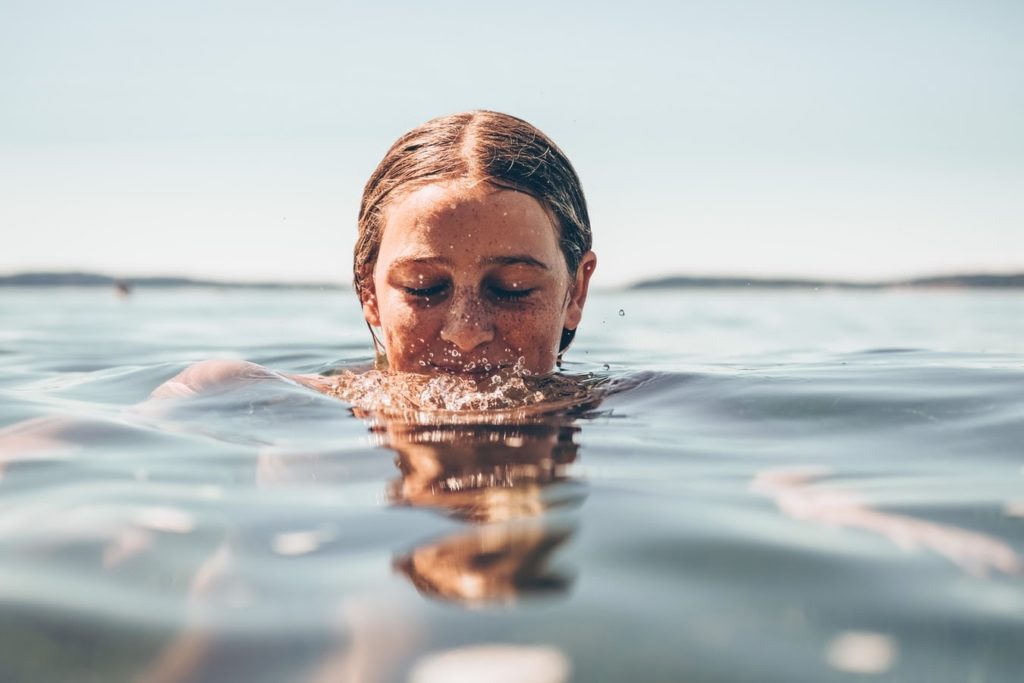
You can also join American Water Polo and network with the organization’s other members. Membership is free for coaches.
Employment
USA Water Polo maintains a list of job openings that you can view here.
Swim clubs, as well as public and private pool facilities, often offer water polo as one of their programming options. With certification, you enjoy a competitive advantage over other instructors who don’t have your credentials.
If you’re coaching at the collegiate level, check out the NCAA’s web page of job openings for water polo coaches.
Don’t forget other online resources such as Indeed.com, Zip Recruiter and Glassdoor. You can set up email notifications to receive information automatically about open coaching jobs.
Finding Clients
Get your business listed across online camp directories. Start with the most popular, including Next College Student Athlete and CampPage.
Encourage your current players and their parents to post online reviews of your private water polo training business and tell their friends.
Offer a referral incentive to students who bring in other players to train with you.
Connect your business website with links and posts on social media platforms. Your posts on Facebook, Instagram and Twitter should include plenty of photos and short video clips of players having fun. Marketing studies show people prefer to engage with video over any other form of online content.
Good to know:
- Water Polo Planet maintains an extensive list of drills and exercises that could be a good starting point for building your own lessons.
- USA Water Polo offers a free digital copy of the coaching manual that you can download here.
- Meet other water polo coaches and share training ideas by joining one of the many Facebook groups devoted to the sport.
- Here are 5 dry land exercises for your student athletes to practice as they improve their shot.
- A dozen strength training tips for water polo athletes and their coaches.
If you enjoyed this article, check out some other PocketSuite.io content that can help you grow your career as a private water polo coach. Here’s a great place to start.
PocketSuite has thousands of business owners who all started where you are right now. Our community is always happy to help you ramp up, grow your client base, and achieve your income goals, both within the PocketSuite app and as part of our exclusive Facebook Community Group. PocketSuite’s vision is for any professional to be able to work for themselves and make a great living. It starts here. It starts with you. It starts today. Let’s get started, download PocketSuite now! Feel free to reach out with any questions (we’d love to hear from you)! Text us @ (415) 841-2300.





